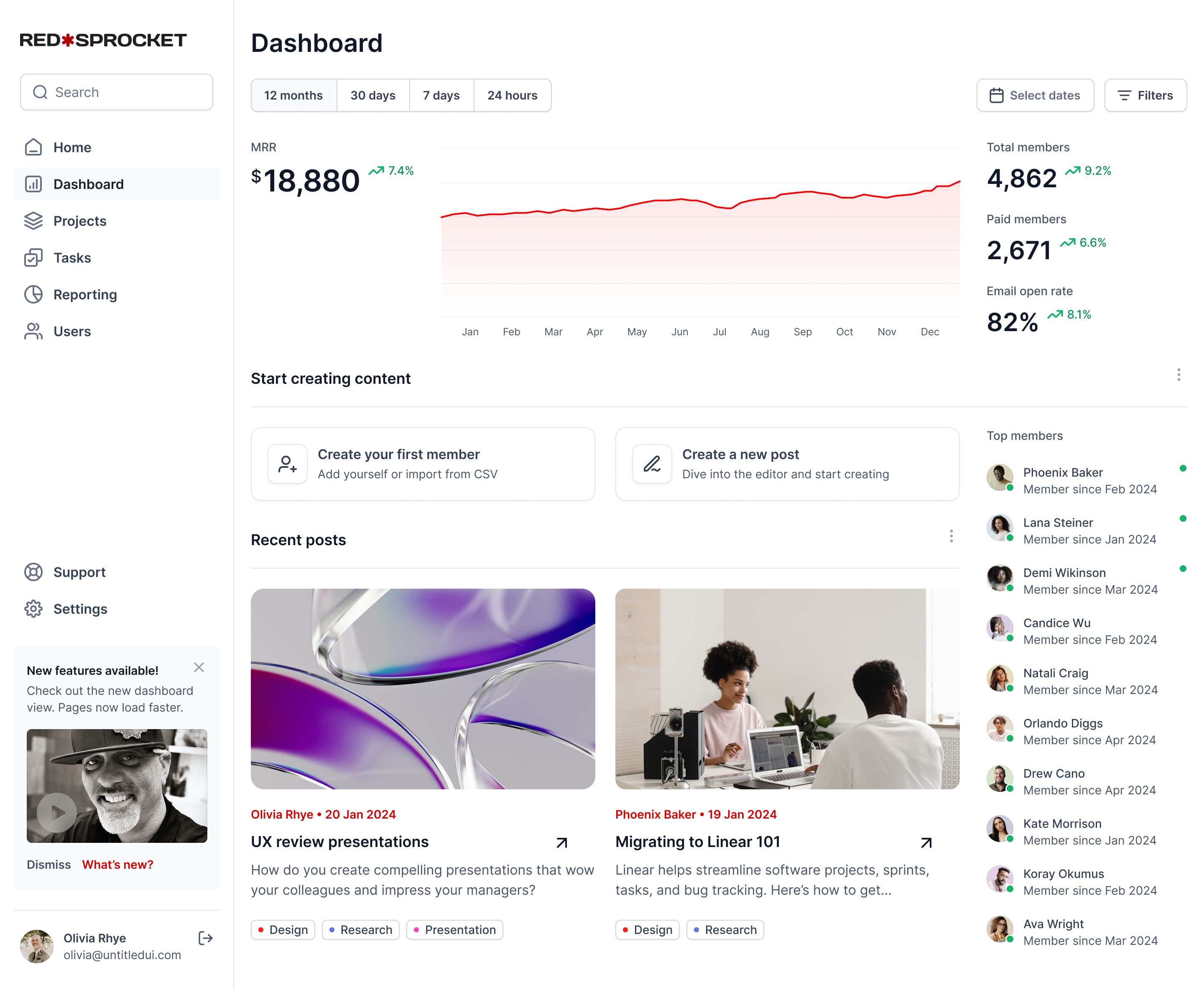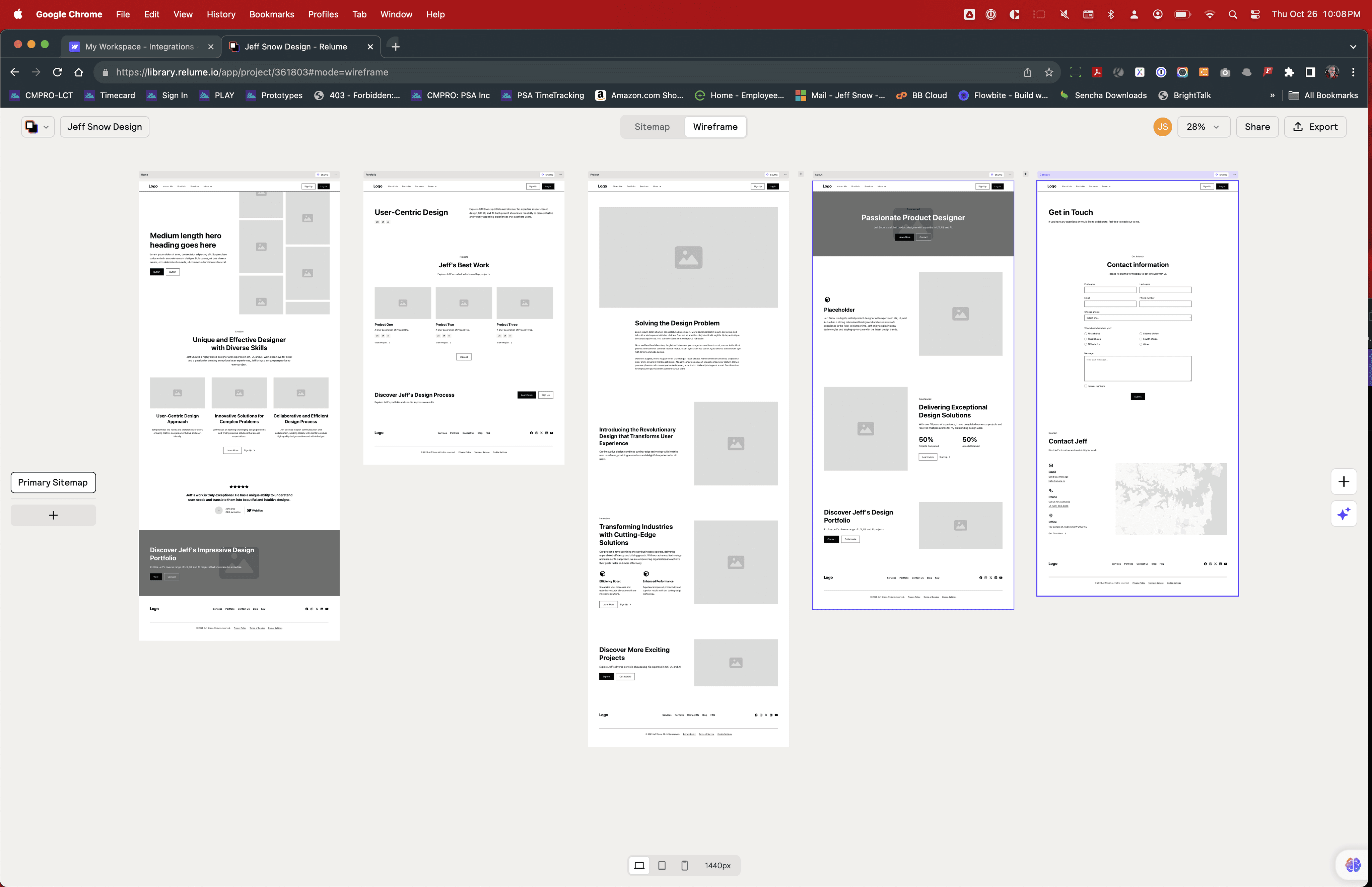
FEATURED PROJECTS
The following projects are a sample of the work that I have accomplished in the SaaS web app, companion app/wearables, and e-commerce platforms.

FEATURED PROJECTS
The following projects are a sample of the work that I have accomplished in the SaaS web app, companion app/wearables, and e-commerce platforms.

FEATURED PROJECTS
The following projects are a sample of the work that I have accomplished in the SaaS web app, companion app/wearables, and e-commerce platforms.



SaaS Web Application
Configuration Management dashboards and workflow routes
Configuration Management dashboards and workflow routes
Case Study Details



Wearable UI and Companion App
Get inspired by blogs, job openings, events and more.
Get inspired by blogs, job openings, events and more.
Case Study Details



Branding, Website, collateral
Wellness business specializing in women's retreats.
Wellness business specializing in women's retreats.
Case Study Details
Design Process
USER CENTERED DESIGN
These case studies are a brief look at some of the processes used to craft meaningful messages and display the highly coveted data that allows users to make informed decisions, be entertained, and have an enjoyable experience in a very competitive attention grab.
These case studies are a brief look at some of the processes used to craft meaningful messages and display the highly coveted data that allows users to make informed decisions, be entertained, and have an enjoyable experience in a very competitive attention grab.
These case studies are a brief look at some of the processes used to craft meaningful messages and display the highly coveted data that allows users to make informed decisions, be entertained, and have an enjoyable experience in a very competitive attention grab.
Approach
MY Approach
MY Approach
User-centered design is an approach to design that puts users’ needs front and center and follows an iterative design process that focuses on the user’s needs every step of the way.
This means the design process is being influenced and guided by the user’s behaviors, values, and expectations from beginning to end.
In UCD, satisfying the user’s needs and responding to their feedback takes priority. Every design decision is judged on the value it has to the user and how efficiently it will help them meet their goals.
There are five main principles that guide user-centered design:
Early involvement of end-users in the design process
A clear understanding of the context of use and user needs in an attempt to align them with overall business requirements
Regular collection, analysis, and incorporation of user feedback through the product design cycle
Employing a user-centric approach to product development and delivery procedures
Utilizing an iterative design process with a continual goal to improve user experience
User-centered design requires empathy, creative confidence, and the ability to learn from failure and adapt. The UCD process helps designers create emotionally impactful products that leave users feeling satisfied.
Step One: Understanding the user and context of use
This is where designers research who their users are, what problems they have, and contextual considerations that motivate or influence their use of the product. Designers determine what draws the user to the product in the first place and how they (would) interact with it.
Step Two: Specification of user and business requirements
This step establishes why the design is beneficial for both the user and the business and the problems the design is solving. At this point, designers and stakeholders are finding what metrics to use for measuring business success (ie. expected revenue, ROI) and what success for the user looks like.
In this phase, it’s helpful to have a good understanding of UX strategy, which helps to build a bridge between user needs and goals and those of the business.
Step Three: Creation of design solutions
Next in the UCD process is the creation of potential solutions for the established problems. This is where the bread and butter of design occurs and contains processes like storyboarding, journey mapping, wireframing, designing mockups and user flows, testing out different UI elements, as well as determining effective information architecture.
Step Four: Evaluation of designs
Once the design team has come up with some possible solutions, it’s time to evaluate the effectiveness of their creations against the user and business requirements. Usability testing (ideally with actual users) is the most vital tool in this phase to determine how well the designs are performing.
Some questions to answer during this phase are; What went well? What went poorly? How did our users respond? How can we improve?
It’s rare for a product to meet all the predetermined design goals and requirements on the first go-around. In fact, it may take several rounds of the UCD process for designers to come up with a successful version that fulfills both business and user goals. That’s why UCD is an iterative process. Once the process is completed, the next course of action is to go right back to step one, this time with all the knowledge gained from the first design cycle.
User-centered design is an approach to design that puts users’ needs front and center and follows an iterative design process that focuses on the user’s needs every step of the way.
This means the design process is being influenced and guided by the user’s behaviors, values, and expectations from beginning to end.
In UCD, satisfying the user’s needs and responding to their feedback takes priority. Every design decision is judged on the value it has to the user and how efficiently it will help them meet their goals.
There are five main principles that guide user-centered design:
Early involvement of end-users in the design process
A clear understanding of the context of use and user needs in an attempt to align them with overall business requirements
Regular collection, analysis, and incorporation of user feedback through the product design cycle
Employing a user-centric approach to product development and delivery procedures
Utilizing an iterative design process with a continual goal to improve user experience
User-centered design requires empathy, creative confidence, and the ability to learn from failure and adapt. The UCD process helps designers create emotionally impactful products that leave users feeling satisfied.
Step One:
Understanding the user and context of use
This is where designers research who their users are, what problems they have, and contextual considerations that motivate or influence their use of the product. Designers determine what draws the user to the product in the first place and how they (would) interact with it.
Step Two: Specification of user and business requirements
This step establishes why the design is beneficial for both the user and the business and the problems the design is solving. At this point, designers and stakeholders are finding what metrics to use for measuring business success (ie. expected revenue, ROI) and what success for the user looks like.
In this phase, it’s helpful to have a good understanding of UX strategy, which helps to build a bridge between user needs and goals and those of the business.
Step Three: design solutions
Next in the UCD process is the creation of potential solutions for the established problems. This is where the bread and butter of design occurs and contains processes like storyboarding, journey mapping, wireframing, designing mockups and user flows, testing out different UI elements, as well as determining effective information architecture.
Step Four: Evaluation of designs
Once the design team has come up with some possible solutions, it’s time to evaluate the effectiveness of their creations against the user and business requirements. Usability testing (ideally with actual users) is the most vital tool in this phase to determine how well the designs are performing.
Some questions to answer during this phase are; What went well? What went poorly? How did our users respond? How can we improve?
It’s rare for a product to meet all the predetermined design goals and requirements on the first go-around. In fact, it may take several rounds of the UCD process for designers to come up with a successful version that fulfills both business and user goals. That’s why UCD is an iterative process. Once the process is completed, the next course of action is to go right back to step one, this time with all the knowledge gained from the first design cycle.
User-centered design is an approach to design that puts users’ needs front and center and follows an iterative design process that focuses on the user’s needs every step of the way.
This means the design process is being influenced and guided by the user’s behaviors, values, and expectations from beginning to end.
In UCD, satisfying the user’s needs and responding to their feedback takes priority. Every design decision is judged on the value it has to the user and how efficiently it will help them meet their goals.
There are five main principles that guide user-centered design:
Early involvement of end-users in the design process
A clear understanding of the context of use and user needs in an attempt to align them with overall business requirements
Regular collection, analysis, and incorporation of user feedback through the product design cycle
Employing a user-centric approach to product development and delivery procedures
Utilizing an iterative design process with a continual goal to improve user experience
User-centered design requires empathy, creative confidence, and the ability to learn from failure and adapt. The UCD process helps designers create emotionally impactful products that leave users feeling satisfied.
Step One: Understanding the user and context of use
This is where designers research who their users are, what problems they have, and contextual considerations that motivate or influence their use of the product. Designers determine what draws the user to the product in the first place and how they (would) interact with it.
Step Two: Specification of user and business requirements
This step establishes why the design is beneficial for both the user and the business and the problems the design is solving. At this point, designers and stakeholders are finding what metrics to use for measuring business success (ie. expected revenue, ROI) and what success for the user looks like.
In this phase, it’s helpful to have a good understanding of UX strategy, which helps to build a bridge between user needs and goals and those of the business.
Step Three: Creation of design solutions
Next in the UCD process is the creation of potential solutions for the established problems. This is where the bread and butter of design occurs and contains processes like storyboarding, journey mapping, wireframing, designing mockups and user flows, testing out different UI elements, as well as determining effective information architecture.
Step Four: Evaluation of designs
Once the design team has come up with some possible solutions, it’s time to evaluate the effectiveness of their creations against the user and business requirements. Usability testing (ideally with actual users) is the most vital tool in this phase to determine how well the designs are performing.
Some questions to answer during this phase are; What went well? What went poorly? How did our users respond? How can we improve?
It’s rare for a product to meet all the predetermined design goals and requirements on the first go-around. In fact, it may take several rounds of the UCD process for designers to come up with a successful version that fulfills both business and user goals. That’s why UCD is an iterative process. Once the process is completed, the next course of action is to go right back to step one, this time with all the knowledge gained from the first design cycle.